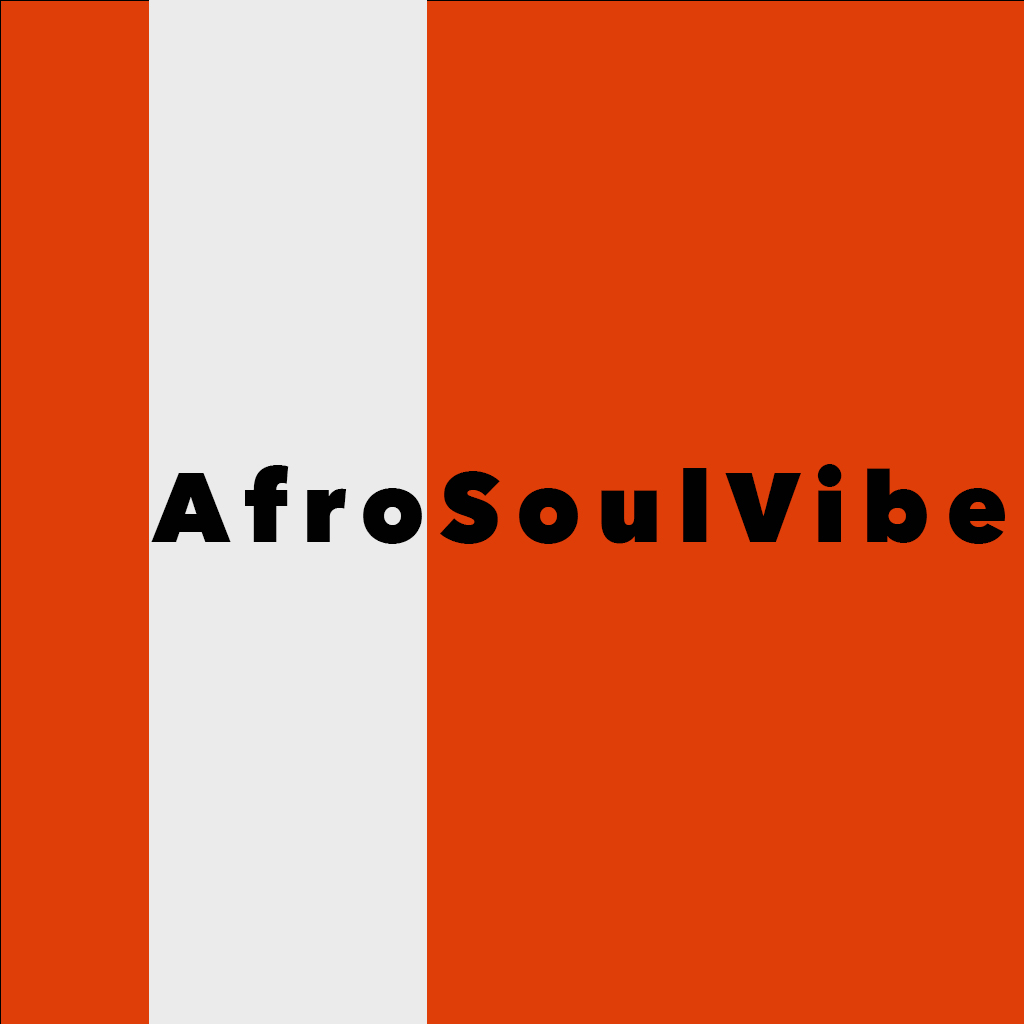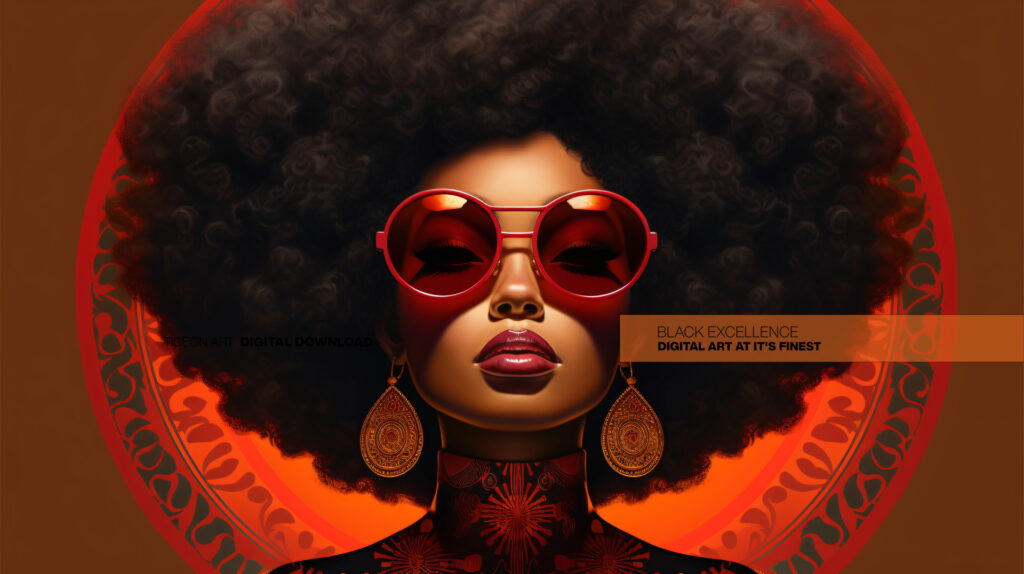AI Art
Freedom To Finally See What Is In My head
The Freedom to Finally See What’s in My Head: Thoughts on the Rise of Text-to-Image Creativity
There’s a particular kind of frustration that lives with you when you have vivid ideas in your mind, but no way to bring them into the world. As someone who’s spent years visualizing characters, concepts, scenes, and moods, I know this well. I’m not a trained illustrator. I don’t have a degree in design. But I’ve always had a strong creative vision — and for the longest time, that vision just lived in my imagination, unseen and unshared.
That’s changed.
The rise of text-to-image platforms like MidJourney has been a turning point — not just for me, but for thousands of people who’ve always had a world inside their heads but lacked the tools to bring it into view. Suddenly, with the right words and a little trial and error, I can finally see the things I’ve always imagined. There’s a joy and liberation in that — a kind of relief, even. It’s the alleviation of a creative bottleneck that I didn’t realize had been weighing me down.
Of course, there’s controversy. The development of AI-generated imagery has brought with it serious questions — especially around intellectual property, ethics, and its impact on working designers. These concerns are real and deserve ongoing discussion. But at the same time, we have to acknowledge what this technology also offers: access.
We’ve been here before.
When digital tools like Photoshop came along, there was a wave of concern from traditional artists. Drawing skills, once a gatekeeping standard for visual work, suddenly weren’t necessary anymore. Entire new creative roles emerged — graphic designers who couldn’t necessarily draw by hand, but who could think visually and work with digital tools to bring ideas to life.
And we didn’t lose artistry — we expanded it.
What we’re seeing now with text-to-image AI is a similar shift. These tools don’t kill creativity — they democratize it. They make it possible for more people to participate, to create, and to express themselves without needing years of technical training. For some, it’s not about replacing anyone. It’s about finally having the means to show what was always there.
For me, it’s been empowering. I’ve built entire collections of digital art, centered around themes that matter to me — particularly Black beauty, power, and imagination — and I’ve been able to share them with others. These ideas no longer sit, invisible, in my mind or gather dust on a hard drive. They live now. They move. They connect with people.
And that’s what creativity is supposed to do.

